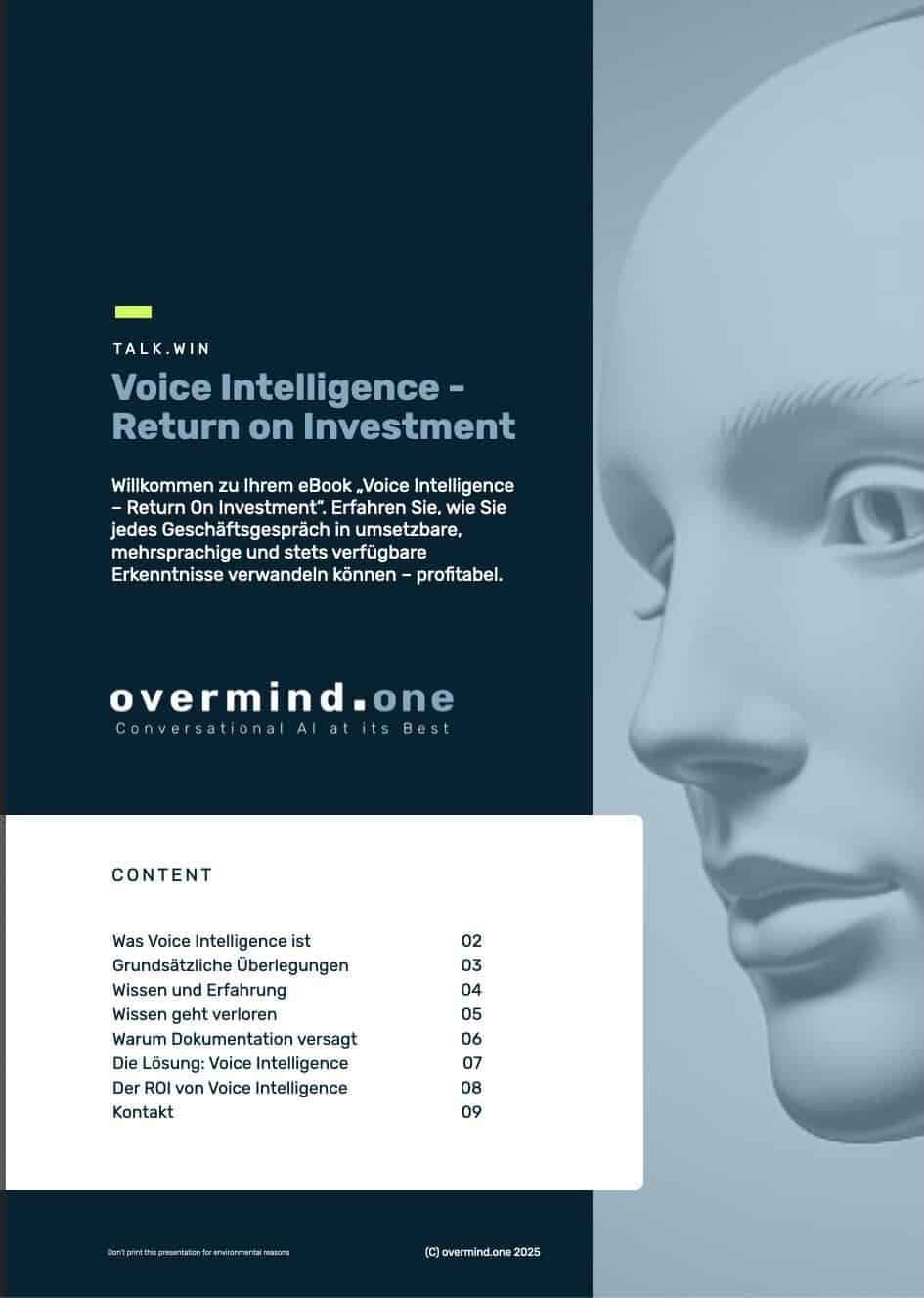AI and its Main. Challenges: Navigating the Future Of Technology
Automation is reshaping industries by increasing efficiency, reducing costs, and enhancing scalability. It enables organisations to shift resources from routine tasks to more strategic initiatives, offering a distinct competitive advantage. This paper explores why automation is crucial for competitiveness, detailing its benefits in improving productivity, quality, and customer experience. Furthermore, it provides a guide on how to implement automation effectively to maximise impact, covering technology selection, workforce engagement, and scalability considerations.
1. Introduction
Artificial Intelligence (AI) is transforming industries and redefining the boundaries of human potential. From automating routine tasks to driving breakthroughs in healthcare and climate research, AI’s capabilities continue to expand at an unprecedented pace. Yet, as this powerful technology evolves, so do the challenges it presents. Ethical dilemmas, bias in algorithms, lack of transparency, and societal impacts highlight the complexities of navigating an AI-driven future. Addressing these challenges is crucial to ensuring AI serves humanity responsibly and equitably.

2. Ethical Dilemmas
AI technologies raise numerous ethical questions, especially when it comes to autonomy, privacy, and accountability. Self-driving cars, for example, must make split-second decisions in life-or-death situations—how should they prioritize human lives in accidents? AI-driven surveillance systems offer powerful tools for public safety but can also infringe on personal privacy.
Furthermore, the increasing autonomy of AI systems brings up the question of accountability. If an AI system makes a harmful decision, who is responsible? The developers, the users, or the organisation deploying the technology? Clarifying legal and ethical frameworks to guide AI development and use will be essential to prevent misuse and unintended harm.
3. Lack of Transparency (Black Box Problem)
Many AI systems, especially those built on deep learning models, operate as “black boxes”—their decision-making processes are not easily interpretable, even by experts. This lack of transparency can be problematic in high-stakes areas like healthcare, finance, and criminal justice, where understanding how an AI arrived at a decision is critical.
For instance, if an AI system denies a loan application or recommends a certain medical treatment, the affected individuals should be able to understand the reasoning behind those decisions. To overcome this challenge, researchers are working on developing explainable AI (XAI), which aims to make AI systems more interpretable without sacrificing accuracy.
4. Job Displacement and Economic Impact
As AI automates routine tasks, many workers are concerned about job displacement. Industries such as manufacturing, logistics, and customer service are already feeling the effects of automation, and the trend is expected to continue as AI becomes more sophisticated. While AI has the potential to create new jobs—particularly in AI development, maintenance, and oversight—the transition could be difficult for workers whose jobs are replaced (Find more about it here).
The challenge here is twofold: retraining workers to acquire new skills for the AI-driven economy and ensuring that the benefits of AI are distributed equitably across society. Governments, businesses, and educational institutions must collaborate to provide training programs that prepare the workforce for the future.
5. Data Privacy and Security
AI systems rely on vast amounts of data to function effectively, but this raises concerns about data privacy and security. Many AI applications, such as personal assistants and recommendation engines, require access to sensitive user information. In the wrong hands, this data could be exploited for malicious purposes, including identity theft or surveillance.
Ensuring that AI systems adhere to stringent privacy regulations, like the General Data Protection Regulation (GDPR) in Europe, is essential to protect user data. Companies developing AI must also prioritize robust cybersecurity measures to guard against breaches and misuse.
6. Energy Consumption
The training of AI models, particularly large-scale deep learning models, requires immense computational power, leading to high energy consumption (Read more about it here). This has raised concerns about the environmental impact of AI technologies. For example, training a single AI model can emit as much carbon as five cars over their lifetimes.
Addressing this challenge requires developing more energy-efficient algorithms and hardware that reduce AI’s environmental footprint. Researchers are exploring ways to optimise models, including techniques like model compression and edge computing, to reduce AI systems’ energy demands.
7. Jump Start
Are you ready to analyse your readiness for AI? We offer initial consulting free of charge in a program called “JumpStart (PJS). Contact us now for more!




0 Comments